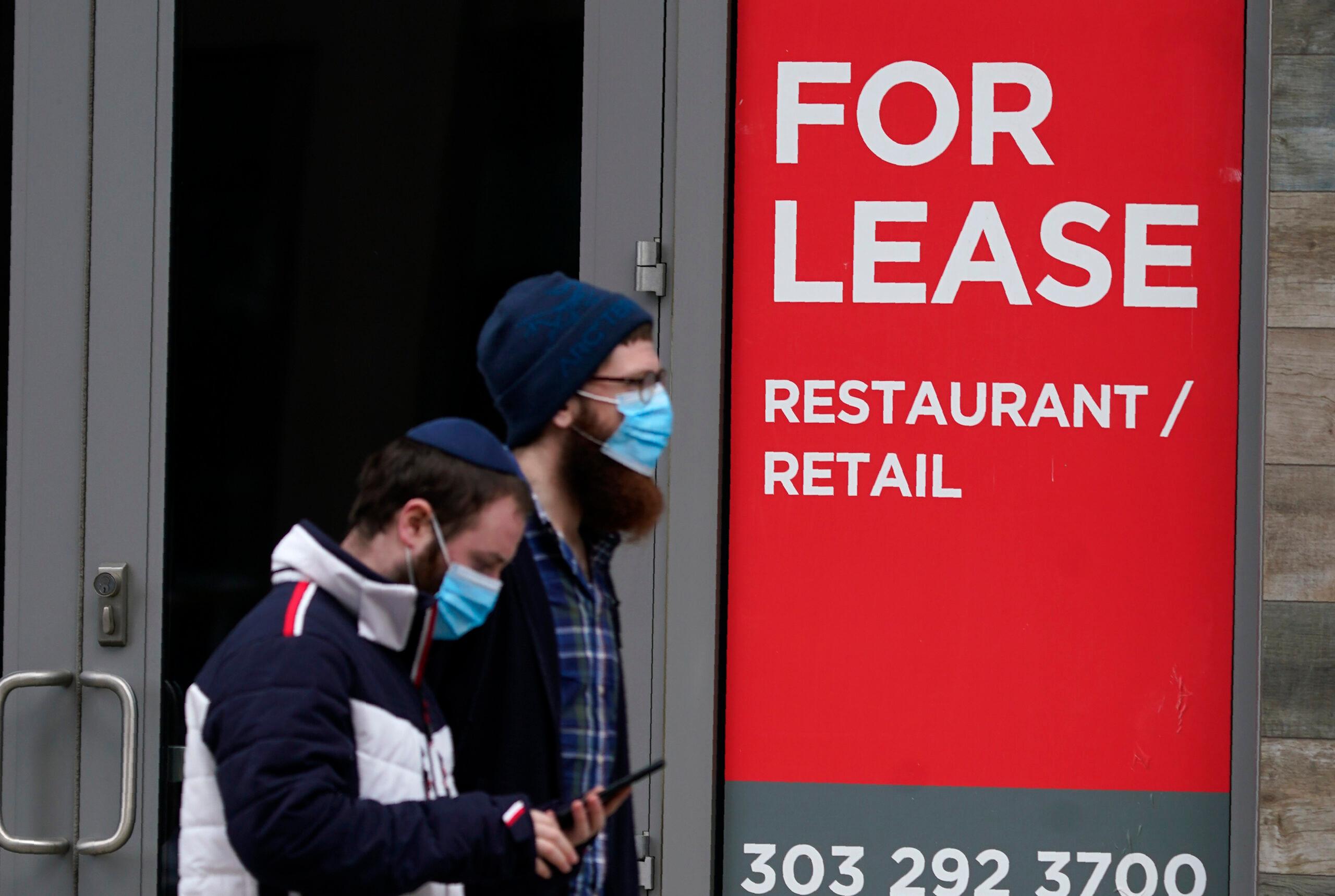
Update, 1/28/21: On Jan. 28, the Colorado Department of Labor and Employment announced that it would begin paying extended PEUC and PUA benefits to some people on the week of Feb. 1. The $300-a-week FPUC boost was also scheduled to start that week.
Our original story continues below.
Colorado is another step closer to providing the extended federal benefits that many have been waiting on as the state has transitioned to a new computer system for unemployment benefits. Officials’ earlier projections were late January or early February — and now they hope to start contacting Coloradans by Jan. 29 at the earliest to get the ball rolling.
The rollout of the federal payments will take place in phases, according to the Colorado Department of Labor and Employment.
- Phase 1: Claimants who were still receiving Pandemic Unemployment Assistance or Pandemic Emergency Unemployment Compensation when the CARES Act expired the day after Christmas are in the first wave.
PUA is the program primarily for gig workers and self-employed people, while PEUC was the extension for regular benefits. CDLE said it will begin emailing eligible claimants in this group at the end of next week to reopen their federal benefit claims. - Phase 2: The second phase includes people who need to file a new claim under PUA or PEUC. The second phase also includes people who ran out of PUA or PEUC benefits prior to the week of Dec. 27 — meaning they had already used the maximum number of weeks before the programs themselves expired. CDLE hasn’t announced a date for this phase.
The labor department launched a systemwide software upgrade on Jan. 11, but its programmers are still implementing the extended unemployment programs within that new system.
“This upgrade was critical to ensure we could administer the latest round of stimulus payments under the continued CARES Act and implementing future programs,” said Joe Barela, the executive director of CDLE, in a press briefing.
“We feel confident that making the conversion from the old system to the new system will give us greater flexibility, but also bring these new CARES Act programs and future stimulus unemployment benefits up much more rapidly.”
While the department doesn’t have a timeline for when the first payments will begin to arrive, they stated that payments will be retroactive to the week of Dec. 27, for the eligible.
Those eligible for Federal Pandemic Unemployment Compensation — the extra $300 per week payments — won’t have to take any action. That money will start going out in the first phase.
Anyone who needs to file a new claim for PUA/PUEC benefits won’t be included in phase one and will have to wait until the department of labor moves on to its second phase. CDLE officials said the phased rollout, especially the first phase, allows them to cover the greatest number of active claimants waiting on the federal benefits.
“If we were still in the old state system, we would be talking many more weeks to get it done,” said Phil Spesshardt, benefits services manager, in a Friday virtual town hall.









